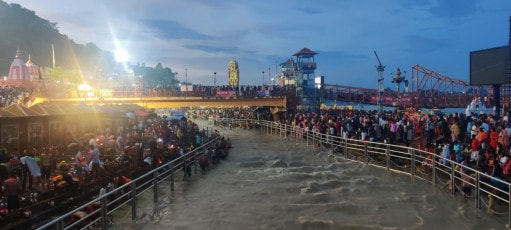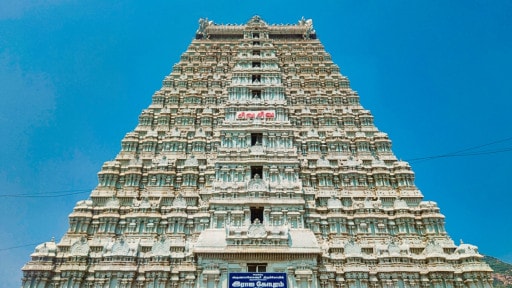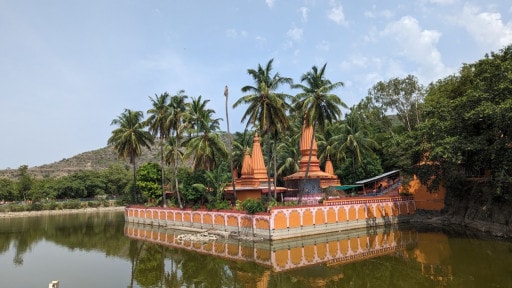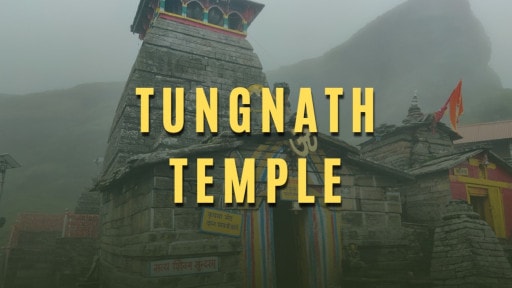The chimes of the temple bells and the fervent chanting of the priests will greet you as you enter the city of Haridwar.
The holy River Ganga makes its first entry into the Indo-Gangetic Plains of North India near the city of Haridwar, giving the city a special religious significance. Thus, its previous name, “Gangadwara,” is ideal in every way.
About Haridwar
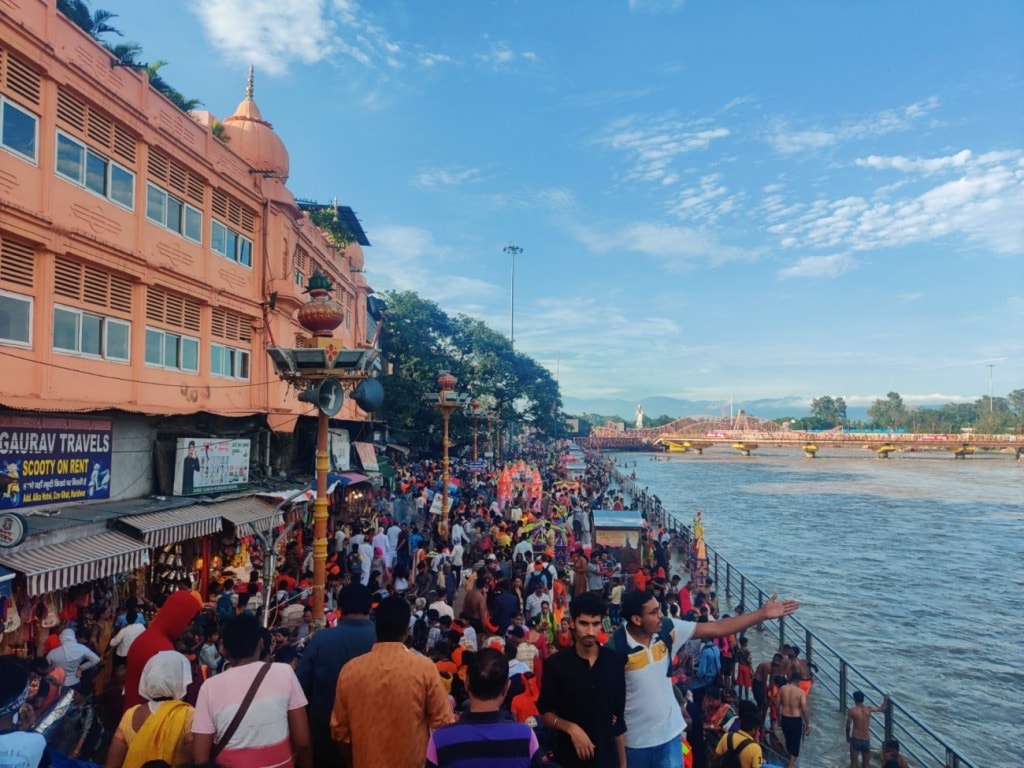
Located in Uttarakhand, Haridwar is one of India’s seven holy cities. It is situated where the holy river Ganga initially meets the Indo-Gangetic plains. Millions of devotees visit Haridwar, a famous Hindu temple town, to take a bath in the holy Ganges. The city is dotted with temples, ashrams, and small alleyways. One is purportedly absolved of all sins by taking a bath in the holy Har Ki Pauri.
There are five pilgrimages, or Panch Tirth, in Haridwar, according to Hindu tradition. These include Chandi Devi Temple (Neel Parvat), Mansa Devi Temple (Bilwa Tirth), Ghat (Kushwart), Har ki Pauri (Gangadwar), and Kankhal. Ayurveda, meditation, and yoga are three other practices popular worldwide in Haridwar. Alcohol and non-vegetarian food are not permitted here because it is a religious centre. Buses and railways provide good access to the city, although the yatra season, which runs from May to October, is when it gets particularly hectic.
How to Reach
By Air:
Since there isn’t an airport nearby, Dehradun’s Jolly Grant Airport, which is around 38 km from Haridwar, is your best option. From the airport to the city centre, travellers can take a variety of buses, taxis, and vehicles.
By Road:
Getting to Haridwar by car is not too difficult. Haridwar is roughly 231.5 kilometres from Delhi, and all the major cities in and around Haridwar are connected by NH 58 and NH 74. You can travel to Haridwar using taxis, buses, and private vehicles.
By Rail:
Haridwar Railway Station is the closest rail hub. It has good access to India’s other important cities and tourist hubs. From Delhi’s H. Nizamuddin Railway Station, numerous trains run to Haridwar, with travel times averaging 5 to 6 hours. Although it can be challenging to secure a ticket at times during religious months, this is the least expensive and most convenient way to get to Haridwar.
| From | Distance (km) | Distance (miles) | |
|---|---|---|---|
| Haridwar to Rishikesh distance | 25 | 16 | |
| Haridwar to Kedarnath distance | 125 | 78 | |
| Haridwar to Dehradun distance | 52 | 32 | |
| Haridwar to Mussoorie distance | 85 | 53 | |
| Delhi to Haridwar distance | 220 | 137 |
Places to Visit in Haridwar
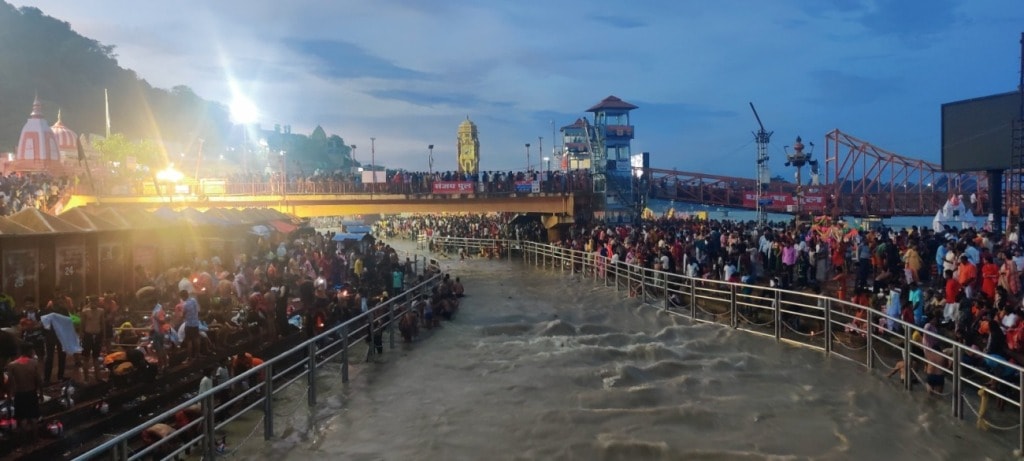
Chandi Devi Temple
In the heavenly city of Haridwar, there is a Hindu shrine called Chandi Devi Temple that honours the goddess Chandi Devi. The sacred building was built by Suchat Singh in 1929, while he was the ruler of Kashmir, on the Neel Parvat in the Shivalik Hills. Adi Shankaracharya, one of the most revered Hindu priests, is supposed to have founded the idol of Chandi Devi at the temple in the eighth century. One of the Panch Tirth of Haridwar and one of the three Sindh Peethas of Haridwar, the temple is also known as Neel Parvat Teerth.
Dress code – Ethnic formal
Entry Fee: Free
Timings: 7 AM – 7 PM
Daksheswara Mahadev Temple
It bears the name of Daksha, a creation deity and the father of Shiva’s wife Sati. The temple is a very important location in Haridwar for Shaivite devotees and is extremely busy during Maha Shivaratri. Its exterior is white painted, and the structure is a traditional Hindu temple. Legend has it that Sati’s father Daksha Prajapati held a yagna here, but he did not invite Sati’s husband Lord Shiva. By plunging into the yagna’s fire, Sati gave her life as a sacrifice after feeling insulted by her father’s actions. The Yagna Kund is still there and worshipped among the other idols in the temple grounds. In the centre of the complex of temples stands the Shiv Lingam.
Dress code – Ethnic formal
Entry Fee: Free
Temple timings – 6 AM-8PM
Kankhal
One of the Panch Theertha in the revered city of Haridwar is the small, historic colony of Kankhal. The sacred Sati Kund, the Daksheswara Mahadev Temple, and numerous Ashrams are all located in this area. Kankhal is home to various havelis and estates in addition to a number of temples and ashrams. The ancient mythological text Mahabharata mentions Kankhal, which is thought to be the winter capital of Lord Shiva and Kurukshetra, his summer capital.
Har Ki Pauri
On the banks of the Ganges River in Haridwar, Har Ki Pauri is the most revered bathing site. This venerated location is a key landmark in the city and a prominent site of interest in the holy city of Haridwar. Har Ki Pauri signifies Lord Shiva’s steps in Shaiva theology. This location is thought to be the same one where Lord Shiva and Lord Vishnu frequented during the Vedic era. On a stone wall, there is also a sizable footprint that is thought to belong to Lord Vishnu. Har Ki Pauri, also called Brahmakund, is thought to be where the Ganga leaves the mountains and enters the fields. On the first day of the religious celebration, Kumbha Mela, a sizable crowd of pilgrims congregate at this ghat to bathe in the sacred waters.
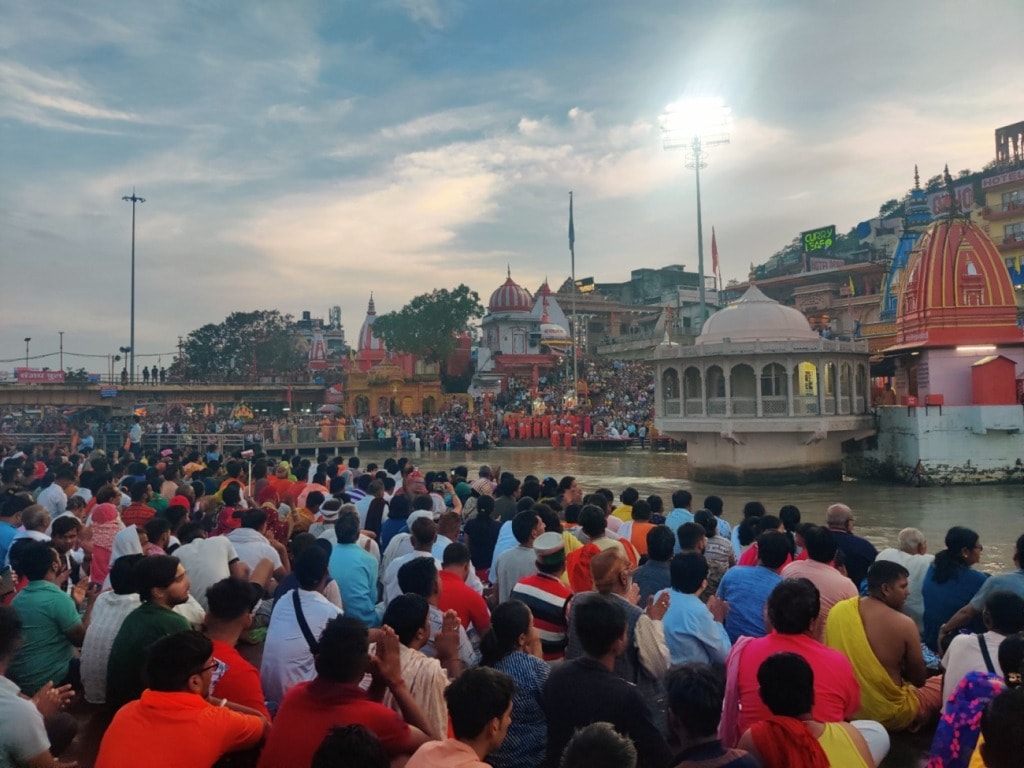
Entry Fee: Free
Timings: Open 24/7
ISKCON Temple
The International Society for Krishna Consciousness has a branch in Haridwar at the ISKCON Temple. The ISKCON’s spiritual leader, Srila Bhaktisidhhanta Saraswati Thakur, constructed the temple. The temple originally consisted of a few tiny rooms and a lawn where preachers and sanyasis could occasionally gather when they travelled to Haridwar to hear the spiritual master teach. Later, the temple was moved to a larger structure, and in 1994, the first official Iskcon centre opened. During the festivities, the temple draws a lot of guests, including VIPs and government officials.
Entry Fee: Free
Timings: 4:30 am – 12:30 pm; 4:30 pm – 8:30 pm
Mansa Devi Temple
Goddess Mansa Devi is honoured in the well-known Haridwar temple known as Mansa Devi. The only ways to get to the temple, which is on the summit of Bilwa Parvat in the Shivalik Hills, are by ropeway or by hiking. People who visit the temple find the cable car ropeway to be a very pleasurable experience since it provides a breathtaking view of Haridwar and the Ganga flowing through cramped, tiny dwellings.
The god at the place of worship is known by the name Mansa, which means wishes, and is regarded as able to grant worshippers’ wishes. The religious significance of this historic temple draws both residents and tourists in equal numbers. The shrine is the summit of the Siddh Peeth triangle and one of Haridwar’s five Panch Tirath– Mansa Devi, Maya Devi, and Chandi Devi.
Entry Fee: Free
Timings: 8 AM – 5 PM
Maya Devi Temple
In the heavenly city of Haridwar, there is a revered Hindu temple called Maya Devi Temple devoted to the goddess Maya. A Shakti Peeth, the shrine is thought to be situated where Sati’s navel hit the ground. In honour of this god, Haridwar was originally known as Mayapuri. The temple, which dates to the 11th century, together with Mansa Devi and Chandi Devi, is one of the three Siddh Peeths.
Adhisthatri, a three-headed and four-armed deity who is an embodiment of Shakti, adorns the temple and is venerated year-round by devoted pilgrims. Along with Narayana-shila and Bhairava Temple, this temple is one of Haridwar’s three ancient temples. Goddess idols of Maya, Kali, and Kamakhya are located in the middle, left, and right of the inner sanctuary, respectively.
Entry Fee: Free
Timings: 6.30 AM – 9 PM
Things to experience in Haridwar
Take a dip in holy water:
On the banks of the Ganga in Haridwar, there lies a fabled Ghat called Har Ki Pauri. The highlight of Haridwar is this revered residence. At dawn, it is highly advised to take a morning bath in the Ganges.
Ganga Aarti:
The Ganga Aarti ceremony, which takes place on the Har Ki Pauri Ghat after dusk, is another must-do activity while in Haridwar. The pundits plan a complex prayer ceremony as diyas are lit up along the entire river.

Temple hopping:
Visitors are encouraged to take the time to visit the available temples since they are one of Haridwar’s main attractions. Among the town’s well-known temples are those of Mansa Devi, Maya Devi, and Chandi Devi. Visitors are drawn in a powerful way by the spirit in these century-old structures.
Rajaji National Park:
Rajaji National Park is a tiger reserve and national park in India, located not far from the Himalayas. Elephants, tigers, leopards, and ghorals are just a few of the exotic animals that call the reserve home. The abundant sal and riverine forests and the Shivalik mountain ranges are present nearby.
Food:
The region’s delectable street food is available in Haridwar. Historical restaurants can be found all across the alleyways of Haridwar. Warm milk kulhar to start the day, kachoris from Kashyap Kachori Bhandar, Samosas that are crunchy and melt-in-your-mouth Chole Bhature from Bhagwati Chole Bhandar to end the day. A great culinary adventure awaits you in Haridwar.
Shopping:
Visitors might be astonished to learn that markets in Haridwar offer everything from trinkets, jewellery, and traditional clothing to the newest gear and apparel available in the west. Visit Jwalapur Market for mouth watering sweets and mementoes. The best place to get diyas and other items made of sandalwood is Moti Bazar. Ayurvedic and organic food products are available at Bara Bazaar.
Conclusion
Haridwar, located in Uttarakhand, unfolds as a mesmerising tapestry of religion, culture, and the natural world. The city emits a supernatural aura as the Ganges runs through its historic streets, inviting visitors to immerse themselves in its holy waters and experience the centuries-old traditions that have defined its identity. A visit through Haridwar entails not only taking in the city’s well-known attractions but also learning about the traditions that have been deeply ingrained in its culture.

